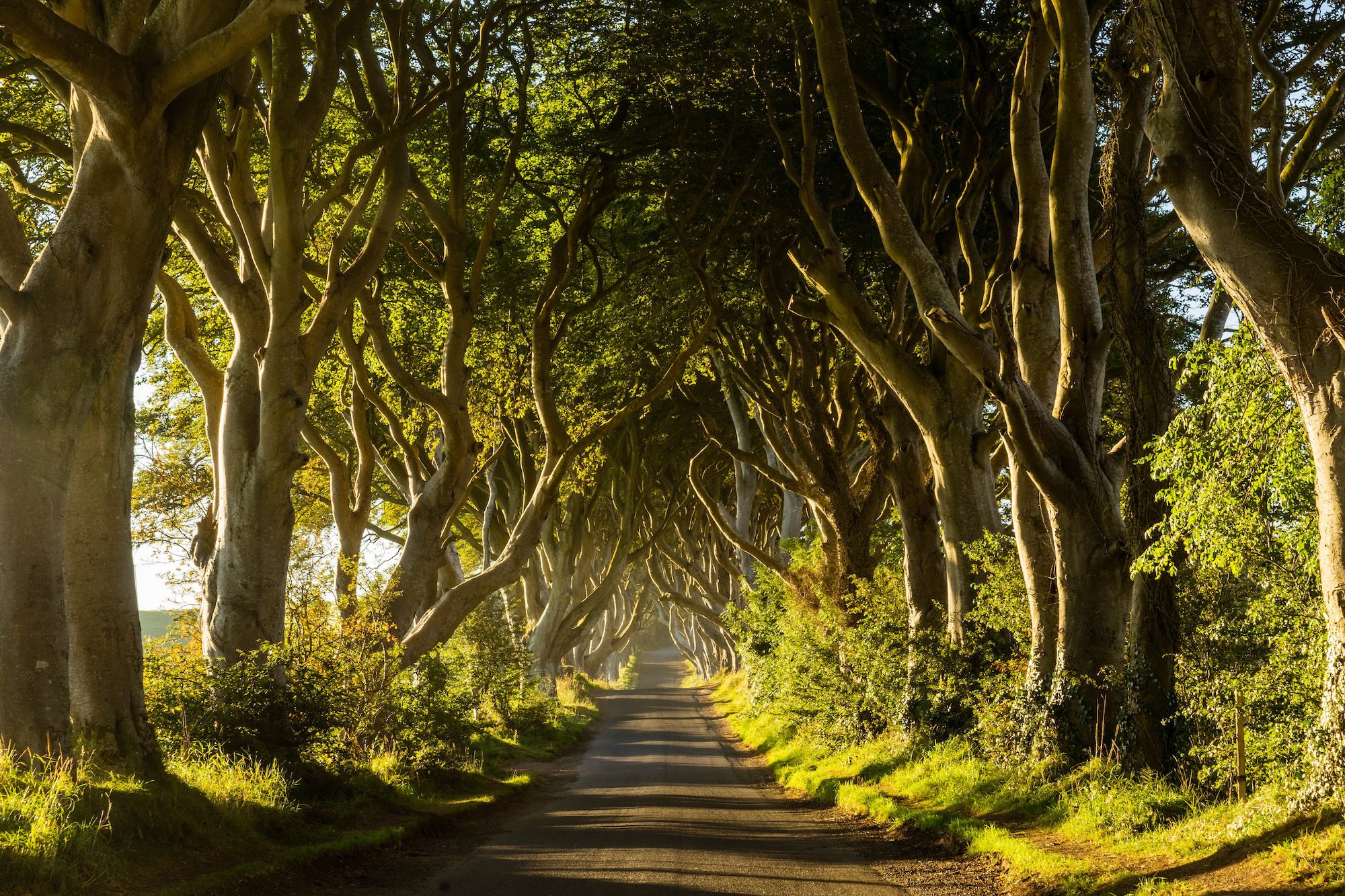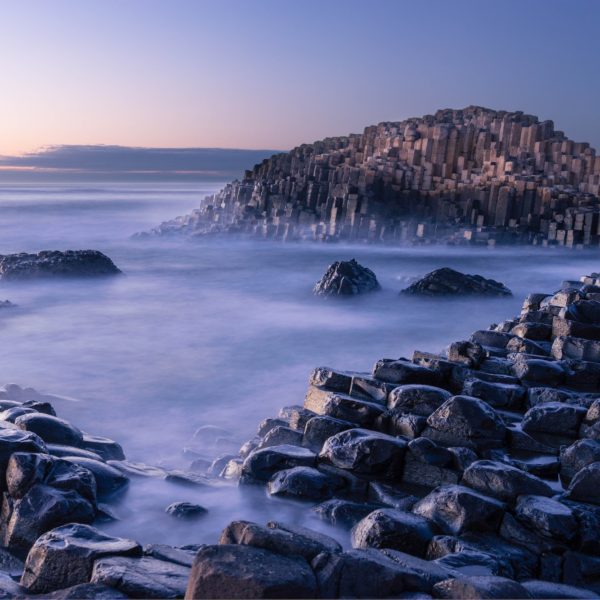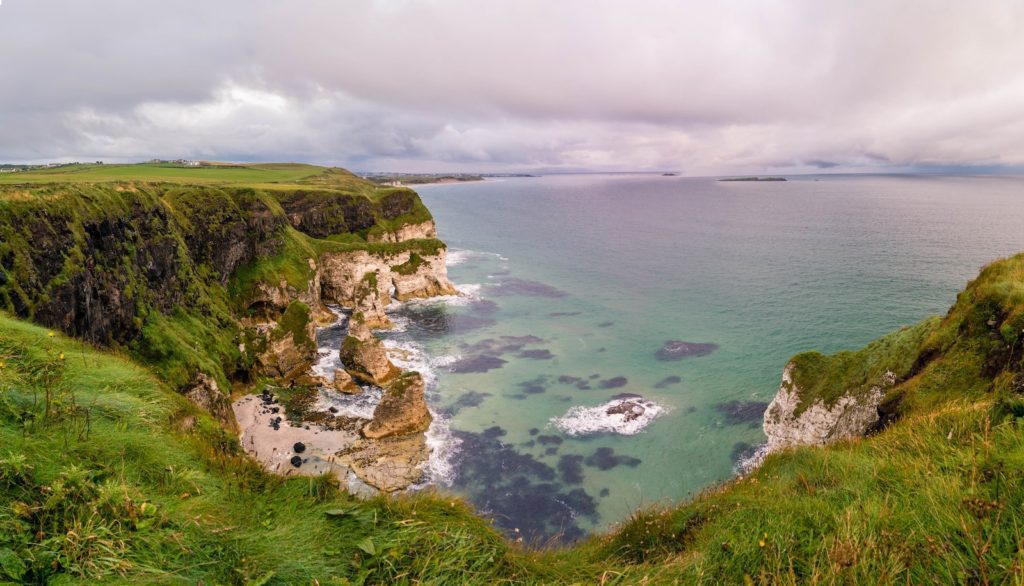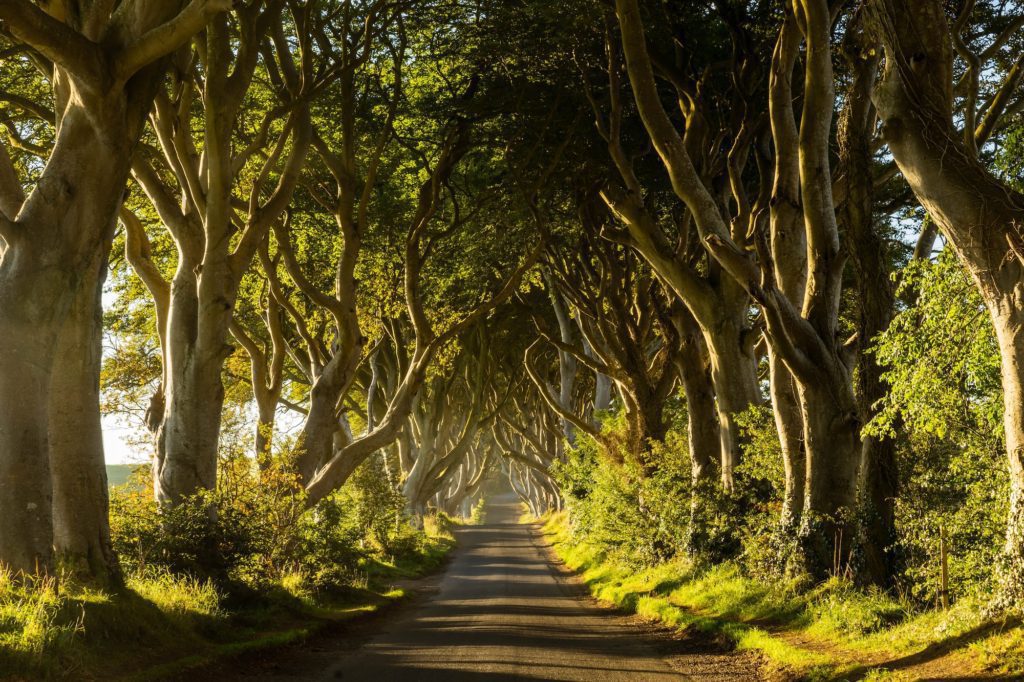
Introduction
Northern Ireland, a region of the United Kingdom, is known for its picturesque landscapes, rich history, and cultural heritage. This enchanting land, where myth and legend intertwine with modernity, offers visitors a unique blend of scenic beauty, from the rugged Antrim Coast to the rolling hills of the countryside. Famous for its historic castles, cultural festivals, and the Giant’s Causeway, Northern Ireland invites travelers to explore its many wonders.
What to See
Northern Ireland’s allure extends far beyond its renowned natural wonders. Visitors can delve into the region’s tumultuous history in Belfast, experience vibrant local culture, and explore charming villages. The country’s landscape, dotted with ancient ruins, serene lakes, and dramatic coastlines, provides a perfect backdrop for a range of outdoor activities and peaceful retreats.
NomadFavorites
Belfast
A City Steeped in History and Culture
Belfast, the vibrant capital of Northern Ireland, offers a rich blend of history, culture, and modern attractions, including its famed Victorian architecture.

Giant’s Causeway
A Geological Marvel
The Giant’s Causeway, a UNESCO World Heritage site, is famous for its unique basalt columns formed by ancient volcanic activity.
Recent Posts

northern-ireland
October 2015 Recap
When to Visit
The best time to visit Northern Ireland is during the spring (March to May) and summer (June to August). These months offer the warmest weather and longest daylight hours, ideal for sightseeing and exploring the outdoors.
Autumn (September to November) is also a beautiful time to visit, with fewer tourists and the countryside displaying vibrant fall colors. Winters can be cold and wet, but the region’s festive events and cozy pubs offer a charming experience.
Costs
Traveling in Northern Ireland can cater to various budgets. Budget travelers can expect to spend around $50-70 per day, covering modest accommodations, local meals, and public transportation.
Mid-range travelers might spend about $100-150 per day, enjoying comfortable hotels, dining out, and entry to paid attractions like the Titanic Belfast. For a more luxurious experience, daily expenses can exceed $200, offering stays in upscale hotels, gourmet dining, and private tours.





